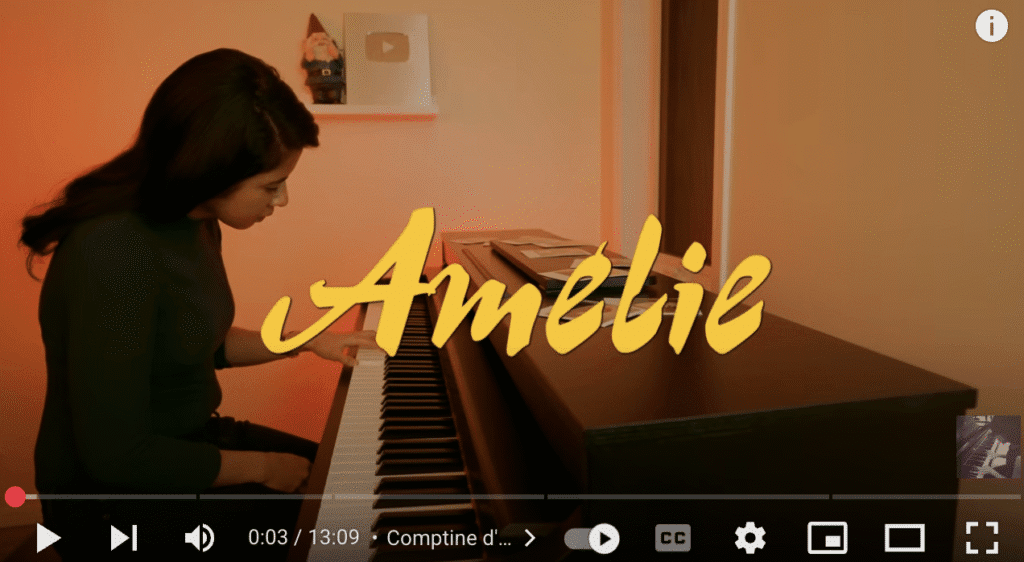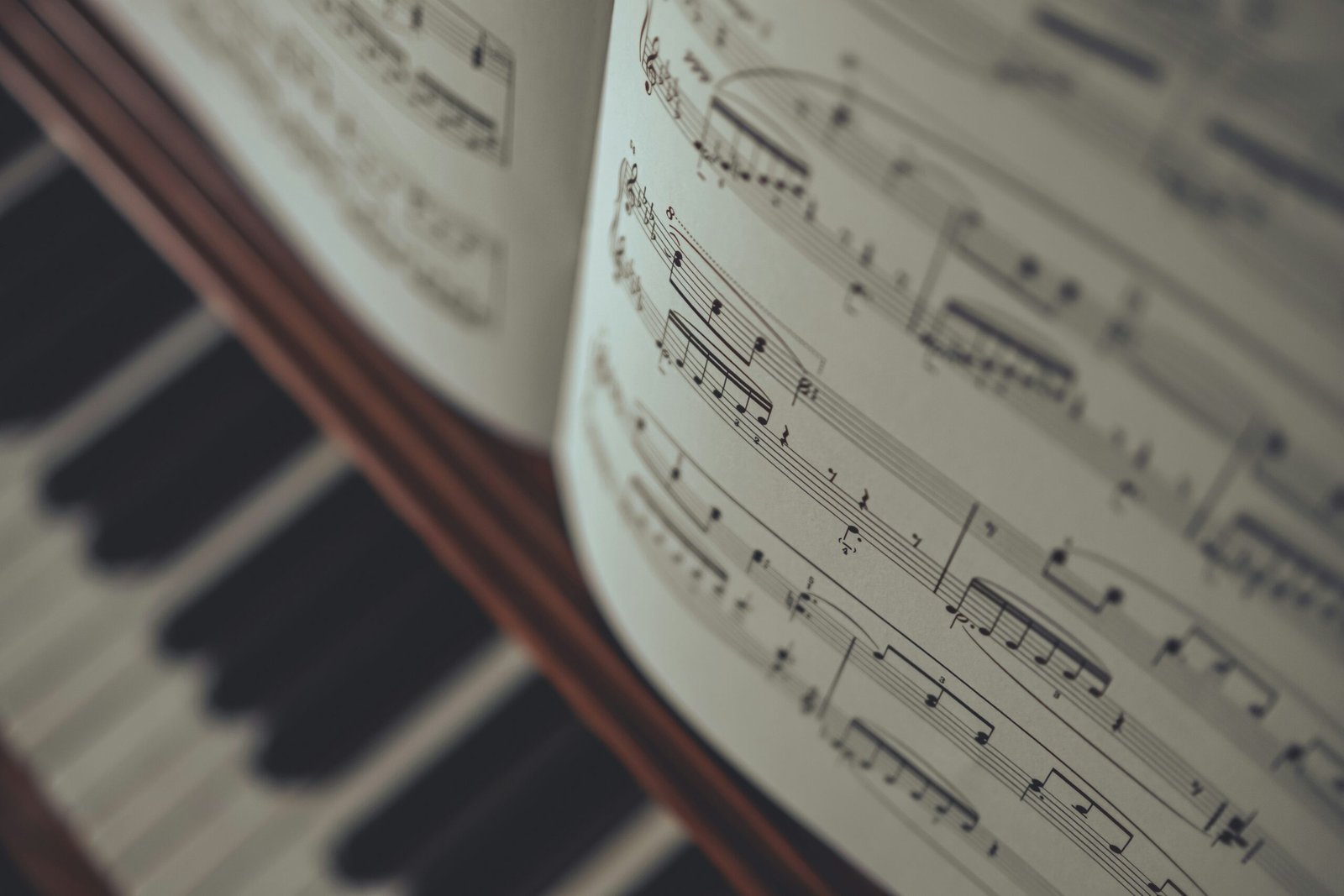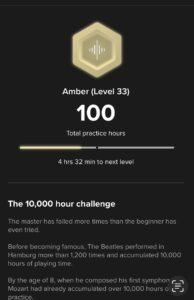My Guide to Learning New Piano Pieces Efficiently
Introduction
In my constant search to learn piano songs more effectively, I have gone through many hours of frustration, strained nerves, and that overwhelming feeling that I will never get there. However, through persistence and determination, I have found that following some simple steps and respecting the process eventually help me reach my goal.
In this post, I share with you the methods I use to learn that elusive piece. This is not a step-by-step piano tutorial, rather these are my tips for learning new piano pieces.
Step 1: Choose the Right Song

Select a piece appropriate for your current skill level.
If, like me, you have what one might call a beginner level at playing the piano, there is no point in pursuing that complex version of ‘Interstellar’ that you have found on YouTube being played by a virtuoso pianist. Yes, it’s inspiring and something to aim for, but Rome was not built in a day.
There are quite a few early piano learning pieces designed for beginners that sound great and are quick to learn. One example is the collection of piano pieces for beginners by Johan Berens. This collection gives the beginner valuable practice in different techniques and patterns that will serve you well for your later projects.
Consider songs that inspire and motivate you.
We all have those masterpieces that made us want to play. But to be honest, for the beginner, they are normally well out of our reach—for now. This does not mean you should not aspire to play them. Many of those evergreen classics you have heard have arrangements created for beginner or intermediate players. In apps like Piano Marvel, Flowkey, or Simply Piano, you can filter for beginner versions and still get the pleasure of learning a version of that piece you love.
One of my top tips to learn piano songs is to prioritize playing what you love. This will help motivate and encourage you in those difficult times—especially when it clicks and you can play it.
Search for step-by-step piano tutorial resources and sheet music online.
This should be a no-brainer, but when you want to learn piano songs, or any instrument for that matter, search the internet and YouTube for examples and versions of that song. You will also find a lot of tips and tricks for those difficult sections—or indeed the whole song.
The internet is a tool and should be used as such. Use it to support and motivate you.
Step 2: Initial Familiarization
Listen to professional recordings and watch video performances.

Following on from the previous point about using YouTube and the internet for tutorials and tips, it is a wonderful source of inspiration as well. I have subscribed to the YouTube accounts of some of my favourite pianists who I watch for inspiration. It’s like the old saying: you can’t be a writer unless you read. Well, the same goes for music.
You can’t be a musician unless you listen
So when you have that piece you really want to play, listen to it. Only then will you get a true feel for the piece.
Read through the sheet music to get a sense of structure, key signature, and tempo.
When you have found the piece you want to learn, whether your sheet music is in a book, on Kindle, or on an app, read through it first and practice your sight-reading skills. Try to pick out repeat patterns, intervals (the distance between two notes on the keyboard). Listen to the piece while reading and you will hear those patterns and intervals and how they are played.
If your sheet music has fingering numbers, practice just positioning your hands for each section—this will give you an idea of the range of movement needed to accomplish the piece. Finally, the tempo will give you an indication of the speed of the song, but as you practice, start at a slower tempo—more on that to follow.
Break the song into manageable sections (how to practice piano).
By this I mean break the song into its bars. Trying to learn the whole piece in one go will be daunting; your brain will go into overload and you will make mistakes. Tiredness will creep in and those mistakes will become more frequent, leading to frustration and lack of motivation. Take a section, break it down, and if it is too much, break it down into smaller sections. Focus on knowing that section so you can play it at 60-70% before moving to the next.
Of course, you can always incorporate what you have learned as an intro into your next section, but little by little the muscle memory will work with your sight reading and you will progress.
Step 3: Slow Practice and Hands Separately
Practice each hand separately at a slow tempo.
I tend to practice the most iconic (for me) notes first, whether that be right hand or left hand—it depends on the song. But the point is, I break it down into right or left hand, get that down, and then add in the other hand before moving on to my next section. One thing that really helps with the second part of this process is having a piano that can record and playback. This way I record the hand that I have developed the muscle memory for, and then try to play along with the other.
Focus on tricky passages and finger transitions.
I can’t stress enough how important the right fingering is. Nine times out of ten, when I hit a roadblock with a song, it’s because I messed up the fingering. Those transitions and doing them properly make all the difference. Some sheet music comes with the fingering written and some not. I recommend the former, or if it really is not available, some apps show the hands of the player above or below the sheet music.
This can help but it can also become a crutch. Try to use it to guide you and not to rely upon it, as just mimicking the hands will not improve your sight reading.
Use a metronome to build rhythmic accuracy—vital in any piano practice routine.
Rhythm is so important in any song, and I have a metronome. But, if I am honest, I find it very distracting—it has a very loud tick and can be very disturbing. Also, it means I can’t use it when practicing quietly (for the sake of my family). So I rarely use it. Instead, I purchased a metronome watch from Soundbrenner which sends a strong pulse to my hand and also lights up on each beat. This ‘physical’ pulse, I find, frees up my ears to focus on what I am playing. True, it’s not for everyone, but if you have the chance to try one, go for it.
Step 4: Combine Hands and Build Tempo
I find that as I practice each section, I naturally go faster and sometimes ‘rush’ through a piece. This is where I have to tell myself to slowly increase the tempo until I am at a level where I can go up. Through watching YouTube videos of Jazer Lee and the like, there is a common thread they use: if you can play a section seven times without error, then you are ready to up the tempo or move on. But the trick is, you must do it seven times, and if you fail on the seventh, you start from scratch. It’s a hard ask, and it takes discipline, but in the long run it works.
Step 5: Consistent Practice Time
Schedule daily or regular sessions to reinforce muscle memory.
I can imagine that this can be relatively simple if you live alone, have some time, and always have access to the piano. It’s not so easy if you have three kids, lots of extracurricular activities, and a busy schedule. But, there is no other way—whatever works for you, you need to find some time every day to practice.
For me, I try to set at least 40 minutes: 10 minutes for exercises—Hanon —and 30 minutes practice of the section I am on, or the whole song, depending on how far I have got. The key is to do it regularly and let the natural process of learning embed the piece in your muscle memory.
Some find that keeping a journal helps. I’ll be honest, I don’t do that often and intend to make it a more permanent part of my routine, as when I do it, it does help reflect on how each session went.
Step 6: Record and Listen Back
One of the biggest eye openers I had was when I first made a video of myself playing a piece. I noticed my hands shaking, little finger sticking up, clunky robotic movement, and all the affectations I never knew I had until I watched it back. Still, even now, after four years and quite a few videos, I still can see that I lack fluidity in my playing, that my hand positioning seems flat, and that I have fat hairy fingers. A far cry from watching the graceful, beautiful hands of my idols. But it is through seeing our mistakes and accepting them that we prepare ourselves to improve.
There is nothing I can do about my hairy fat hands, but the rest I can work on, so I will.
Step 7: The “Click” Moment—Bringing It All Together
One day it all comes together: you notice you can play the piece all the way through, but something is wrong, something is lacking. This is when the dynamics kick in. For me, I only really express a song when I have played it many times (typically 40 hours, as I mention in another post). But it is there, and now I can start to mould it. Firstly, I try to play the notes and the chords in the way they are supposed to be played, then I try to change the dynamics to mimic some of the examples I saw on YouTube.
For me, when I can play with the dynamics and make the piece sound a little different, it is kind of when I make it my own. I make it a small part of my even smaller repertoire.
Conclusion: Benefits of Learning Piano Songs Step by Step
Learning a new piece with a structured approach accelerates your progress, keeps you motivated, and makes your practice more rewarding. But it takes time.
Rome was not built in a day and neither will your performance be
But remember, if you keep going, you will always be better than you were yesterday, a week ago or a month ago. Enjoy and keep playing.




